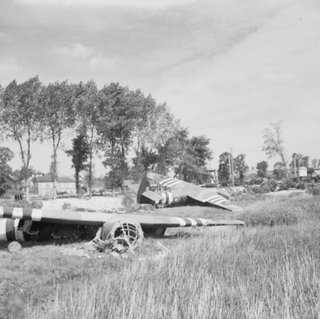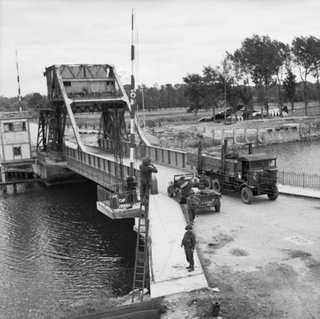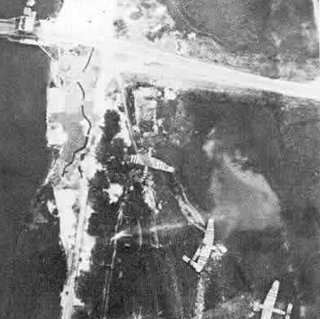THE PEGASUS BRIDGE
The operation, codenamed “Tonga”, included all the airborne operations carried out over Normandy between 5 and 7 June 1944.
A strategic zone, the Bénouville Bridge and the Orne Bridge in Ranville allowed Allied troops to leave the Normandy beaches, the place of the landing.
Being defended by the 716th German Infantry Division, the capture and control of the bridges by the liberating forces was essential in order to create a bridgehead on the eastern flank, thus avoiding a counterattack towards the beaches.
The operation, entrusted to the British 6th Airborne Division, was codenamed “Deadstick” in reference to the gliders. Their mission: securing Bénouville Bridge, at all costs
-
June 6, 1944, 00:16, the beginning of D-Day!
Split into three gliders, British soldiers landed during the night, very close to the bridge. The German soldiers were taken by surprise. The bridge is secured within ten minutes.
-
Night and day of June 6
German troops attempted on many occasions to retake the bridge to prevent the passage of the allied troops. Snipers were posted around the area.
The three gliders involved in the Pegasus Bridge assault © IWM B 5233
A few days after June 6th, men and vehicles continue to advance © IWM B 5288
Aerial view of the Pegasus Bridge and gliders, at dawn of D-Day. Shot by an Arado Ar 234 spy plane, flying at very high altitude © Bundesarchiv



